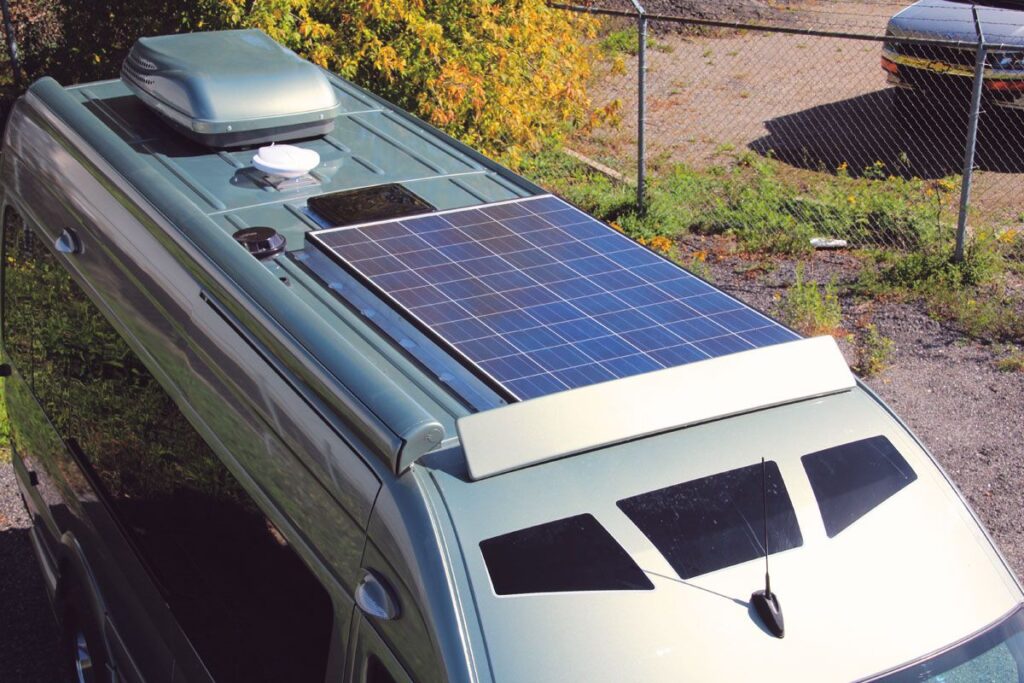If you’re considering having a greener home or reducing your energy bills, you may have considered solar power. However, many people feel a little unprepared for solar and have a number of questions about the subject. One of the most common questions is “how many lumens is the sun.”
While solar panels are not rated in lumens, it is interesting to know about the lumen output of the sun and how this impacts powering your home. Once you’re familiar with the sheer power of the sun, you’ll be able to appreciate the energy potential offered with solar power. This may encourage you to take the jump to install solar in your home or business to reduce your energy bills and take a greener approach.
A lumen is defined as a unit of luminous flux that is equal to the light emitted in a unit solid angle by a uniform point source of the intensity of one candle. While this seems confusing, in simple terms, it refers to how much light is being emitted at one point in time.
It is possible to convert lumens into watts, which makes it easier to relate to best solar panels. Basically, a watt is the amount of energy used to convert lumens or light. This does involve a complicated mathematical equation with different wavelengths and rays. To simplify the calculation into how many lumens is the sun is that the sun produces approximately 93 lumens per watt. So, 100 watt solar panels would require 9300 lumens of light
If you understand lumens, it will make it easier to work out the efficiency and energy generating potential of your new solar panel system. Since solar is a significant investment in your home or business, it is important that you are aware of the impact of lumens and how much light exposure your solar panels will get. This will allow you to calculate how much you could reduce your energy bills.
Here’s a video explaining lumens on the example of a modern lightbulb:
If you’ve ever looked directly into a lightbulb, you’ll be aware that it can quickly make you see spots. 300 or more lumens can have an even more serious effect and can temporarily blind you. However if your eyes are exposed to 4,000 lumens or more Trusted Source Sun exposure to the eyes: predicted UV protection effectiveness of various sunglasses - PMC The aim of this study was to assess solar ultraviolet radiation (UVR) doses received by the eyes in different exposure situations, and to predict the sun protection effectiveness provided by various styles of sunglasses at facial, periorbital, and ocular skin zones including the cornea and accounting for different head positions. www.ncbi.nlm.nih.gov , it could cause permanent damage to your sight.
According to NASA Trusted Source Solar System Portrait - View of the Sun, Earth and Venus This color image of the sun, Earth and Venus was taken by the Voyager 1 spacecraft Feb. 14, 1990, when it was approximately 32 degrees above the plane of the ecliptic and at a slant-range distance of approximately 4 billion miles. It is the first – and may be the only – time that we will ever see our solar system from such a vantage point. www.jpl.nasa.gov data, the amount of sunlight that reaches the earth is approximately 1,360 watts per square meter. To put this into perspective, incandescent light bulbs can radiate 40 to 100 watts. The sun has an output of 1,360 watts per square meter. If an astronaut is facing the sun will have approximately 0.85 square meter surface area. This means that the astronaut will be receiving the energy equivalent of 19 60 watt light bulbs. This gives you an idea of just how bright the sun is.
To answer the question “how many lumens is the sun on earth” we need to do a few calculations. In simple terms, you would need to measure the brightness of one candle and multiply this by 10 million. This is a massive number, but for every square meter on earth, there are approximately 10 million lumens reaching it from the sun. This means that even during the night when you think of yourself as being in complete darkness, you could actually be standing under 200,000 lumens.
Of course, how bright the sun is will depend on where you are. If you stand at one of the Earth’s poles, you would have no direct sunlight exposure. On the other hand, if you’re standing at the equator at midday, you will not only have every square meter receive 10 million lumen, the light will also come down vertically. This is why everything can become extremely hot at the equator.
This is why if you’re installing a solar panel system with 100 watt solar panels, like the Renogy 100-Watt Solar Panels, it is a good idea to consult a professional specialist. While a professional installation can cost an average of $16,000, it will ensure that your solar panels are optimally placed to be exposed to sunlight to generate the most electricity.
To answer this query, we need to understand the visible light produced by the sun. The sun not only produces light, but also electromagnetic energy with a very broad spectrum including ultraviolet rays, cosmic rays, infrared, radio waves, and microwaves. However, the term lumen is used to measure the narrow visible light band.
The data to calculate the total lumens produced from the sun is derived from rockets, ground based telescopes, satellites, high altitude aircraft, space shuttle missions and computer models. There have been numerous scientists and engineers across the globe to standardize the average spectral radiance of the sun. This has been calculated as 1360 watts per square meter.
As we’ve discussed above, this represents how many lumens is the sun from earth, referencing the distance of the sun from the orbit of the earth. To calculate the total lumens produced by the sun, we need to delve a little deeper.
The sun has a black body temperature of 5778 K. This means a visible light of 93 lumens is generated for every watt the sun emits. However, the sun is a great distance from earth and not all of the light produced reaches the earth. Scientists suggest that the sun has an output of 16.24 quintillion lumens.
While the concept of how many lumens is the sun may seem a little vague, it can be an interesting subject to explore, particularly if you are interested in installing solar panels in your home or business. While solar energy systems are typically rated in watts, lightbulbs and flashlights around your home are rated in lumens. When you are aware of lumen outputs you can put these figures into better context to help you appreciate the potential for your solar panel system.
Of course, in the spectrum of visible sunlight, there are many variables that can impact the constant and ongoing changes of numbers. There are a number of factors that will impact how many lumens is the sun on earth, such as your position, the time of day and the time of year. However, if you can gather a baseline for the lumen output of the sun, you can gauge the brightness of products and the energy potential of solar power.





